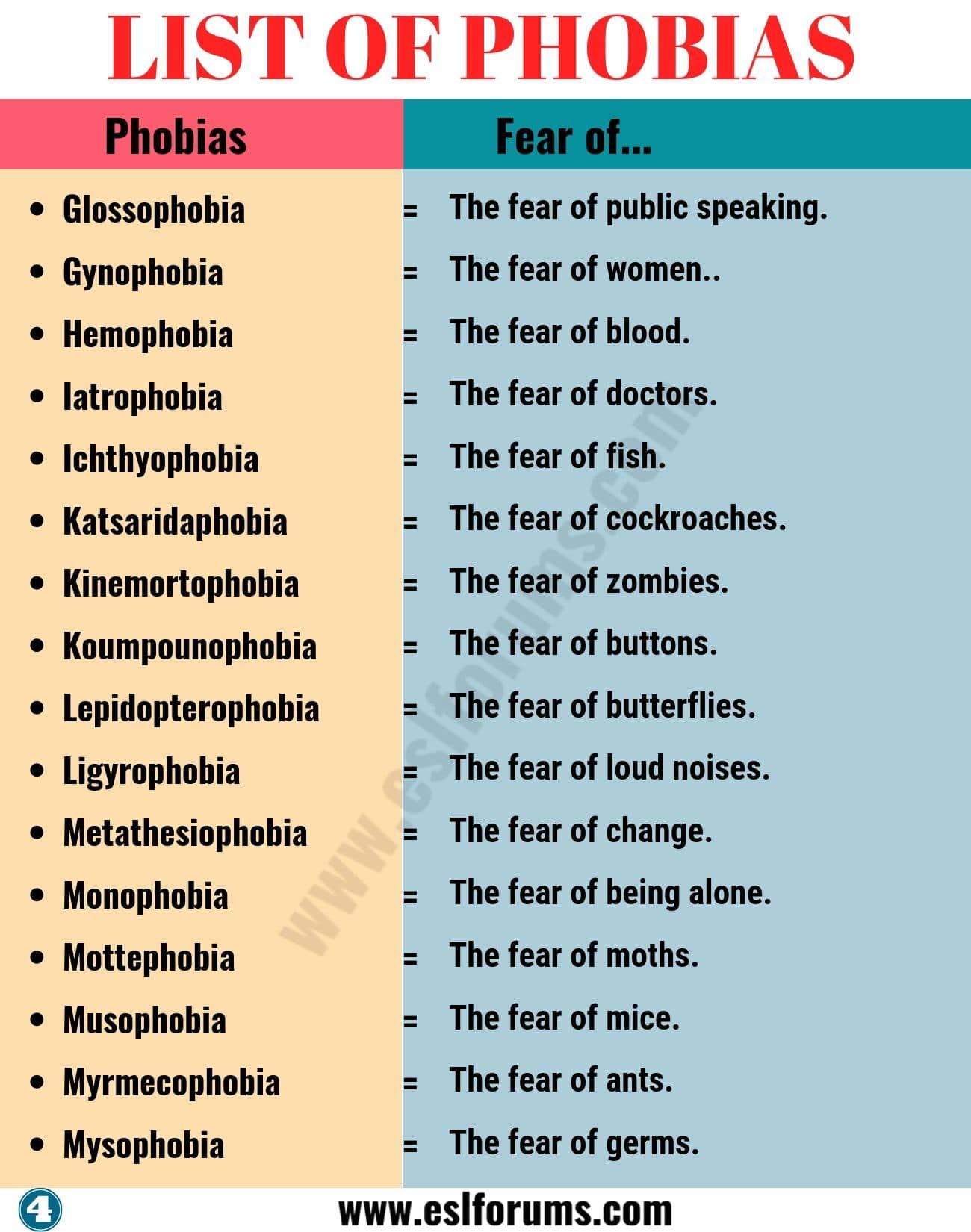Agoraphobia is a type of anxiety disorder that involves intense fear or anxiety about being in situations or places where escape or help might be difficult or embarrassing, or where a panic attack might occur. People with agoraphobia may avoid certain places or situations, such as crowded places, public transportation, or being alone outside of the home. This fear can be so severe that it can interfere with daily activities, relationships, and work or school performance.
Symptoms of agoraphobia can be physical and psychological, and may include:
- Intense fear or anxiety in certain situations or places
- Avoidance of certain situations or places
- Panic attacks or anxiety attacks in feared situations or places
- Difficulty functioning or feeling trapped in feared situations or places
- Physical symptoms such as rapid heartbeat, sweating, trembling, shortness of breath, and chest pain
Agoraphobia can be a debilitating condition that can greatly impact a person’s daily life. It is often associated with panic disorder, as people with panic disorder may develop agoraphobia due to the fear of having a panic attack in public. Agoraphobia can also be associated with a history of trauma or abuse, as well as other anxiety disorders.
Treatment for agoraphobia often involves a combination of medication and psychotherapy. Selective serotonin reuptake inhibitors (SSRIs), a type of antidepressant medication, have been shown to be effective in reducing symptoms of agoraphobia. Psychotherapy, such as cognitive-behavioral therapy (CBT), can help people with agoraphobia identify and change negative thought patterns and behaviors, and gradually expose themselves to feared situations in a safe and supportive environment.
In addition to medication and psychotherapy, there are several self-help strategies that can be useful in managing agoraphobia. These may include:
- Practicing relaxation techniques such as deep breathing, meditation, or yoga
- Gradually exposing oneself to feared situations in a controlled and supportive environment
- Seeking support from family and friends
- Participating in social activities and hobbies
- Adopting a healthy lifestyle with regular exercise, a balanced diet, and adequate sleep

Overall, agoraphobia is a serious anxiety disorder that can greatly impact a person’s life. However, with proper treatment and support, it is possible to manage the symptoms and improve quality of life. If you or someone you know is experiencing symptoms of agoraphobia, it is important to seek help from a mental health professional.




